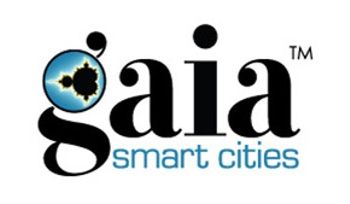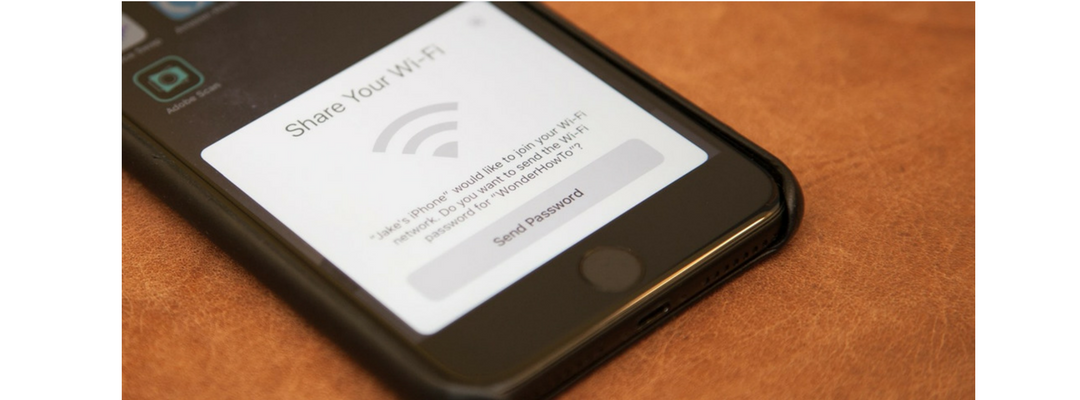In this post, we will discuss how museums can leverage free Wi-Fi to facilitate interaction with their visitors and improve their services successfully.
Nowadays, an increasing number of museums use Wi-Fi technology to enhance their services and provide users with an enriched experience. Let’s see the main benefits of deploying a Wi-Fi hotspot in museums to offer free Wi-Fi connection to visitors.
1. Improved visitor experience
Museums can leverage Wi-Fi to provide visitors with a more complete experience. Indeed, museums can add much information on their login pages, such as the catalog containing all exhibitions, the history of the current art collections, detailed information about works on display date, maps and recommended itineraries, etc. In this way, Wi-Fi turns into a powerful tool for sharing useful and interesting content with museum visitors. The Tanaza login page, for instance, allows adding content and information with banners and videos. Furthermore, it is responsive and is available in more than 60 languages.
2. Easy internet access and better coverage for visitors
Thanks to Wi-Fi, visitors can connect to museum hotspots in a simple way from different mobile devices: not only smartphones but also tablets. The captive portal featured by Tanaza, for instance, allows users to access a Wi-Fi network using a variety of authentication methods, such as log in with email, phone number, forms, and social login. Social login is the registration process that allows people to authenticate themselves through social media, such as Facebook, Instagram, Twitter, etc. In this way, visitors can access a museum network easily and quickly. Also, visitors can enjoy free Wi-Fi connections in different areas of the museum: from the exhibition halls to lobbies to the museum restaurant.
3. Better service quality
When visitors access a museum’s Wi-Fi network through a captive portal, network admins can collect a large number of user data, such as email, phone numbers, age, gender, interests, etc. Through the Analytics Dashboard provided by Tanaza, museums can analyze a wide range of data about their visitors and integrate them with Marketing platforms, such as Mailchimp, to create statistics and personalized marketing campaigns. For instance, the museum’s IT manager can send customized emails to inform families about the forthcoming exhibitions for children. In this way, museums can effectively improve their visitors’ segmentation based on their preferences and behaviors and offer a personalized and high-quality service to visitors.
4. Enhanced social reach
The authentication method based on social login offered by Tanaza is a successful strategy to make more people hear about your museum, fastly and simply. Social login not only allows visitors to access a museum’s network easily, but it also allows museums to strengthen their social reach and quickly improve their online visibility. Indeed, social Wi-Fi is based on social media, such as Facebook and Twitter, which facilitate the way people interact with your museum: for instance, you can ask visitors to share their positions through a Facebook Check-in or to put a Like on your Facebook page. In this way, more people will know your museum and you will attract new visitors with no effort at all. Also, you can leverage your social Wi-Fi user data to create Facebook custom audiences, a powerful advertising tool that helps your museum to increase the number of Likes on your Facebook page and enhance your social reach. Check out this article to know in detail how to use Wi-Fi user’s data with Facebook custom audiences.
_
Do you want to know how to deploy Wi-Fi in public places? Read our case studies and find out how Tanaza partners succeed in deploying Wi-Fi in libraries, universities, and many other public venues.















